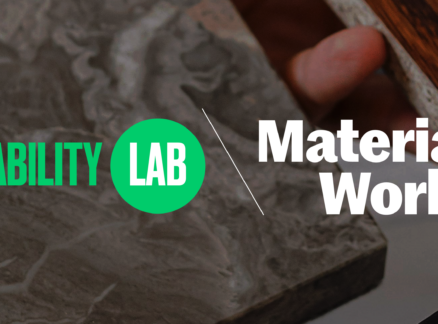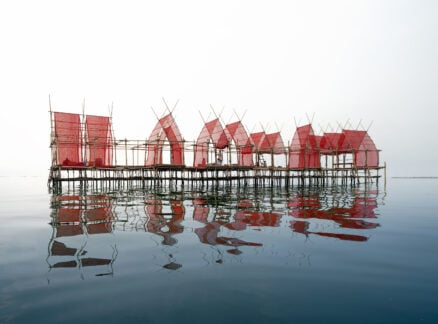February 1, 2004
The Importance of Artifact
Lessons learned from a memorial to another kind of terror.
The gaunt man with a faraway look in his sunken eyes came to visit. We had been living comfortably in a small New Jersey town for more than a decade, having arrived there by way of refugee camps set up in Central European castles and schools to house those who left Hungary after Soviet tanks crushed the 1956 revolution. By then my father’s face had taken on a contented look; our voices were often raised in free-flowing debate. The visitor brought an air of dark terror into our sunlit room. He talked in hushed tones about torture, deprivation, humiliation. And he showed us his wrists and ankles, horribly scarred by the ropes tied around them and pulled always tighter. He mentioned the house of terror where his and others’ bodies and spirits were broken, merely because they had the wrong politics or religion.
It all took place on one of Budapest’s most beautiful boulevards, the tree-lined Andrássy Út with its lavish nineteenth-century villas and stately apartment houses. Number 60 was the dreaded address where the secret police interrogated, intimidated, and often executed the enemies of the state. Our visitor had somehow escaped and lived to tell the story. But I didn’t really begin to grasp what he must have gone through until this past autumn. On a drizzly November day I visited number 60. This restored neo-Renaissance building, now called the House of Terror (Terror Háza), is a museum and memorial to the victims of two totalitarian regimes—first Nazi, then Soviet—that ruled Hungary between 1937 and 1989.
The historic films, the harrowing stories of the survivors, the artifacts (everything from Nazi Arrow Cross insignias to a black sedan, with its red plush upholstery embroidered in gold with the hammer and sickle of the Soviet state), and hundreds of other reminders of those dark days helped me understand something of why my father wanted to leave Hungary. But it wasn’t until I descended to the basement, with its labyrinth of windowless cells—a few with just enough room for one person to stand at attention—that I began to know what put that haunted look into our visitor’s eyes. The confined space made me feel trapped. But this was sanitized history, after all. Yet even without the stench of excrement and vomit and blood or the screams of the tortured, the power of that place reaches through time. It is this power of the physical, the symbols of what we cannot allow ourselves to forget—be they Andrássy’s torture chamber or the World Trade Center’s slurry wall—that must be remembered by the designers of our memorials. Abstract symbols are not enough.





